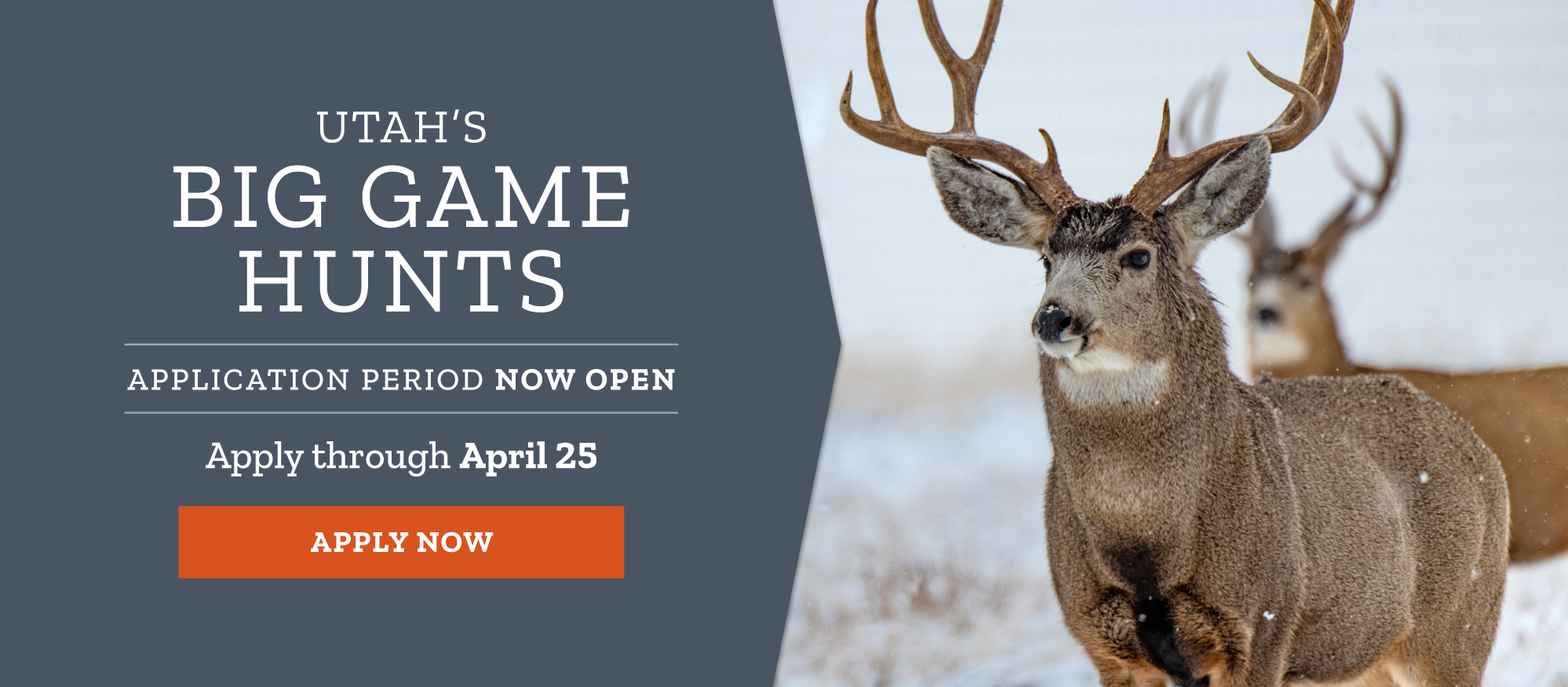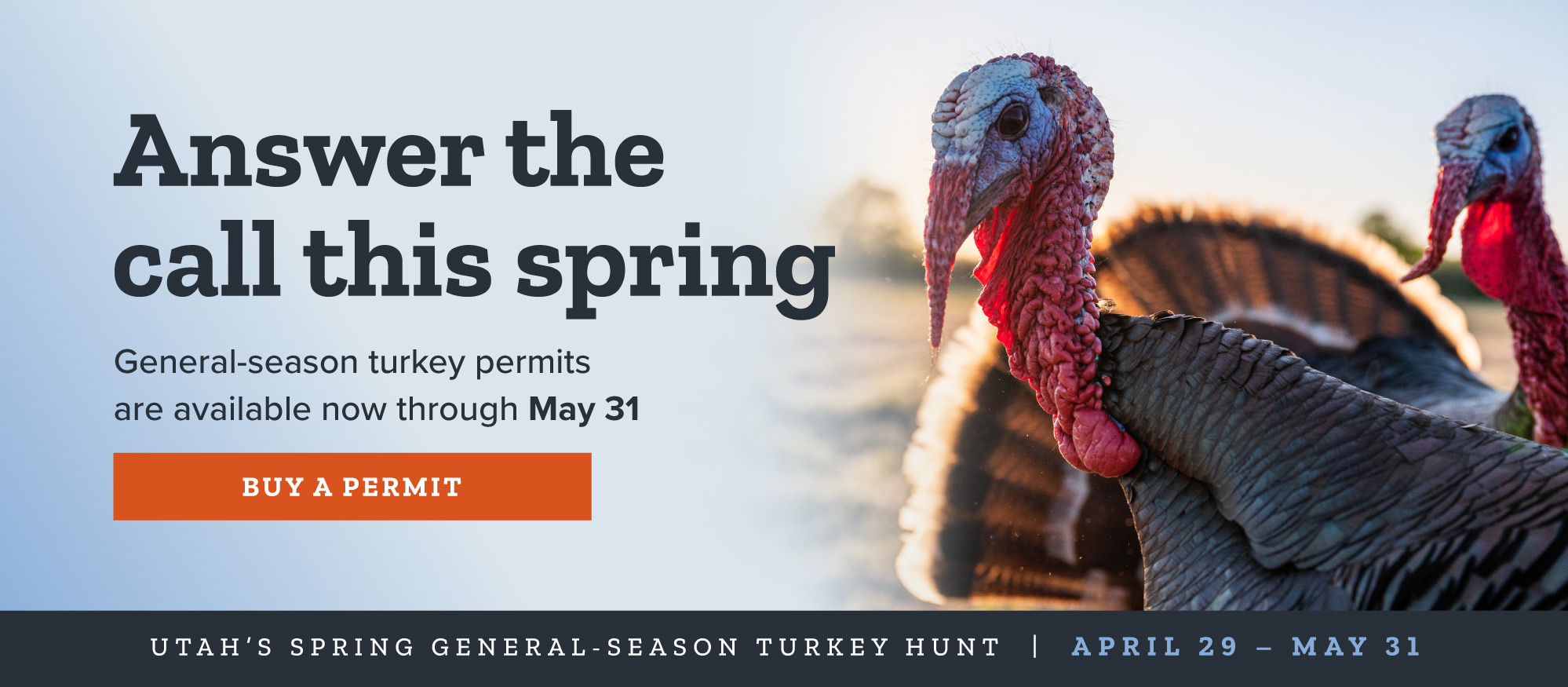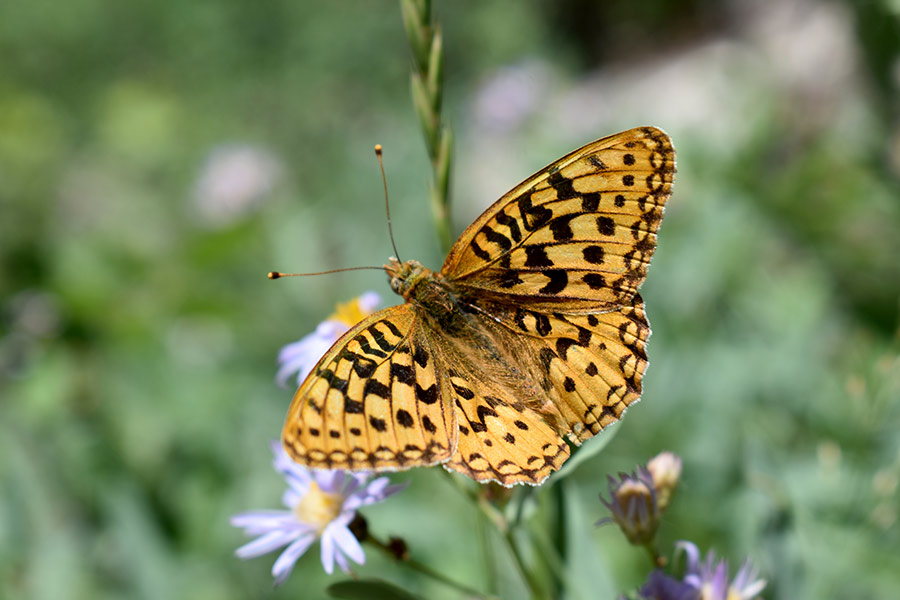How to help pollinators this spring
Salt Lake City — Utah is home to many unique species of pollinators, including five species of hummingbirds, 250 species of butterflies (including the iconic monarch) and over 900 species of native bees (including 21 species of bumble bees). Pollinators in Utah face extreme changing conditions, and some are increasingly at risk due to declining populations.
With spring comes warmer weather, and many Utah residents are itching to get outside to work on yards and gardens, which makes this a prime time to become aware of the pollinators in your community and the ways you can take action to help them.
Utah Pollinator Pursuit
The Utah Pollinator Pursuit was created in 2019, and is a program that enlists help from community scientists to gather data for pollinator research done by the Utah State University and the Utah Division of Wildlife Resources. USU and the Utah DWR have partnered on researching the state's native plants and insects to help prevent them from being listed under the federal Endangered Species Act, support delisting when possible, and to make informed wildlife management decisions.
A pollinator is an animal or insect that helps plants reproduce by transferring pollen from one part of a flower to another part, resulting in seeds and fruits. If you have a smartphone or camera, you can help pollinators by recording photos or videos of the species you encounter and submitting them to the Utah Pollinator Pursuit form via the Survey123 app. Using the data, biologists can make better informed decisions for habitat restoration projects throughout the state.
"With the recent drastic declines in Utah insect populations, we needed to do something bigger to understand what was happening," Utah State University's Rare Insect Conservation Project Leader Amanda Barth said. "We really appreciate the efforts of people who share photos of bumble bees, monarch butterflies and other rare pollinator species they happen to see during the spring and summer months."
Benefits to wildlife
With over 2.25 million acres in Utah restored through various habitat projects funded by Utah's Watershed Restoration Initiative, Utah is working hard to protect pollinators and other wildlife species. With increasing use of native flowering seed mix in restoration areas, species like hummingbirds have more access to floral resources that provide valuable nutrition through the breeding and migratory seasons. Improving habitat for pollinators, like bumble bees, also benefits other wildlife species, including mule deer.
"When you provide more nectar sources and habitat that is free from pesticides and disturbance, you create a safe space for the insects and wildlife we are working hard to protect in Utah," Barth said.
Plants like the Rocky Mountain bee plant can be resistant to deer grazing, while greatly benefiting hummingbirds and other nectar-feeding species. The Nuttall's sunflower provides pollinators with early opportunities to access pollen and nectar and later opportunities for seeds for birds during peak migration in the fall.
How you can help
There are several easy ways that you can help pollinator species:
- When gardening in the yard or out hiking, actively look for bumble bees and monarch butterflies.
- Review the UPP data gathering protocol, so you are ready when you see one. Snap a photo or take a video (the closer you get, the better it is for identifying it.) Then submit it through the app related to the species you found.
- Add native plants to your outdoor landscaping, reduce the use of herbicides and insecticides that may be harming your native pollinators and provide suitable nectar and pollen sources that flower throughout spring to late fall. Work with local nurseries to decide what pollinator-friendly plants will work best in your yard.
"By working together, Utahns can make a difference for pollinators," Barth said. "Even small steps will make a big difference in the long-term survival for these species."
For more information about pollinators in Utah, visit the Utah Pollinator Pursuit.

















